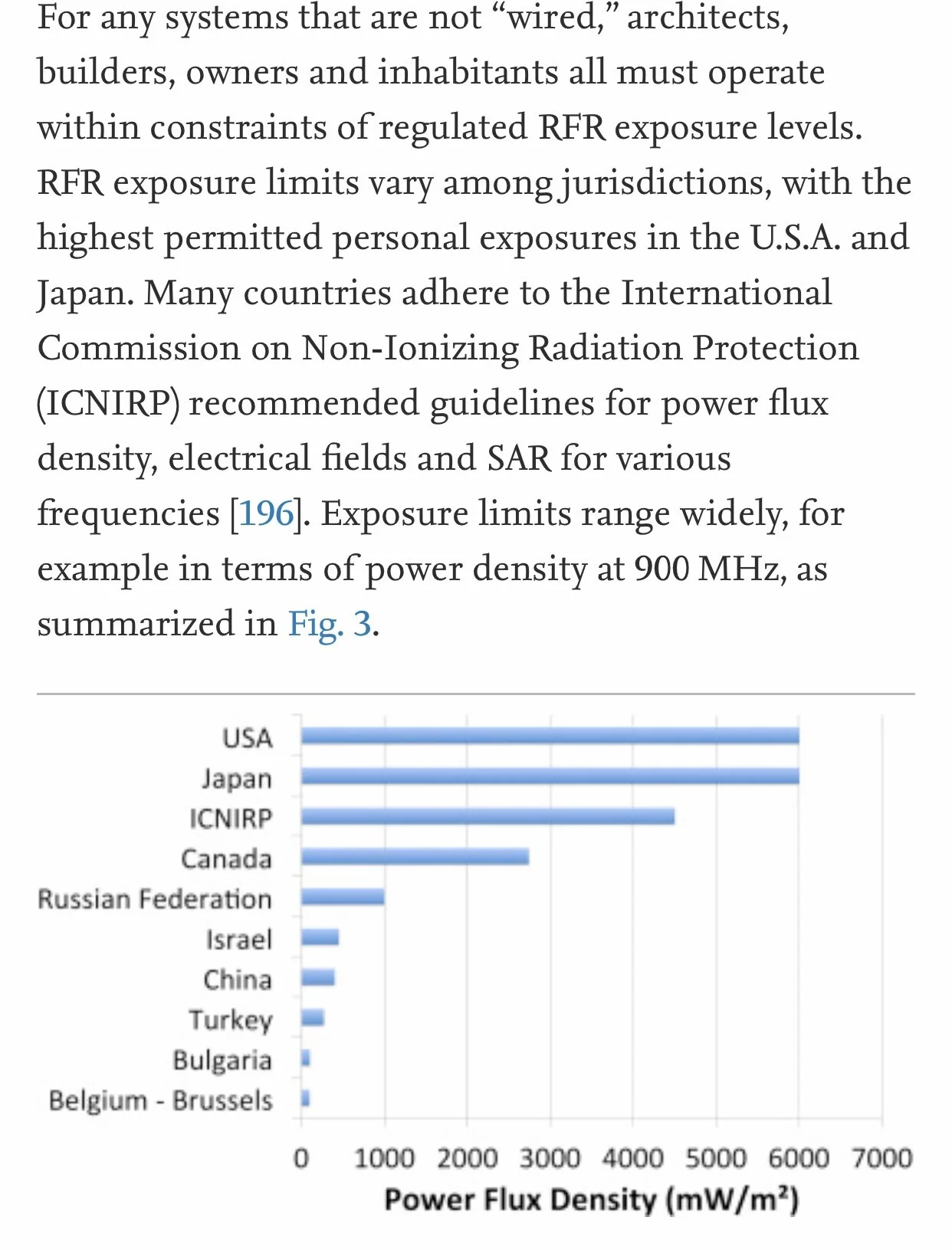This paper examines key reasons as to why action should be taken include potential liability risks when technology is not implemented safely. International measures and guidelines for lower RFR exposure are highlighted. Practices are outlined and recommendations made to minimize the impact of RFR on public and environmental health in the design, construction and maintenance of safer, modern buildings.
4 Ways To Prepare Now for Baby — Especially When You Already Have Children
To share about the elements of a biological home environment, I decided to revisit my own birth experience to reflect on the practical approaches that work. I myself have learnt a lot between my first and last pregnancies, and so in this article, I focus on the simple things that can make the difference for families already busy with little ones.
Essential to preparing for the arrival of a child is the home environment – a supportive, comfortable space rooted in the love and commitment for your little one. Biological principles and lifestyle choices are at the heart of preparing your nest, like any renovation or interior design project.
Why Both Mother and Baby Need a Biological Space
Much of the focus is around the physical, mental, and emotional changes and challenges mothers can expect, and the whole development of the baby to look forward to. Less attention is paid to the factors in our personal spaces that can help or impede the desires and goals we have for a healthy mother and child, as well as the sort of nurturing spaces we want to set up for optimal heallth.
Study shows plastic particles in the lungs of pregnant rats pass through placenta into the hearts, brains and other organs of their foetuses
This is the first study in a live mammal to show that the placenta does not block such particles.
The rat foetuses exposed to the particles put on significantly less weight towards the end of gestation. The 20 nanometre beads used were made of polystyrene, which is one of the top five plastics found in the environment.
Twenty four hours after exposure, the weight of the foetuses was an average of 7% lower than in control animals, and placental weights were 8% lower. Weight loss was also seen in other experiments using titanium dioxide particles. The rats were exposed to the plastic nanoparticles on day 19 of gestation, two days ahead of the usual time for birth and when the foetus is gaining the most weight.
The nanoparticles used in the research were a million times smaller than the microplastics found in human placentas, and therefore currently much more challenging to identify in human studies.
A separate experiment showed that the nanoparticles crossed the placenta about 90 minutes after the mothers were exposed. Researchers warn there is an urgent need to assess the issue, particularly for developing foetuses and babies, as plastics can carry chemicals that could cause long-term damage.
“We know nanoparticles have greater toxicity than the microparticles of the same chemical, as smaller particles get deeper into the lungs (…) We found the plastic nanoparticles everywhere we looked – in the maternal tissues, in the placenta and in the foetal tissues. We found them in the foetal heart, brain, lungs, liver and kidney.”
— Prof Phoebe Stapleton, at Rutgers University
See the details of the study: https://particleandfibretoxicology.biomedcentral.com/articles/10.1186/s12989-020-00385-9
Study Shows Light at Night Increases Body Mass by Shifting the Time of Food Intake
Light at night increases body mass and reduces glucose tolerance
Reseachers examined the effects of light at night (LAN) on body mass in male mice.
Mice exposed to a dim light at night gained 50 percent more weight over an eight-week period than mice that spent their nights in total darkness.
Mice housed in either bright or dim LAN have significantly increased body mass and reduced glucose tolerance compared with mice in a standard (LD) light/dark cycle, despite equivalent levels of caloric intake and total daily activity output.
This significant increase in body mass was seen from Week 1 and continued throughout the study. By Week 4, both groups of mice showed impaired glucose tolerance. The mice exposed to LAN failed to recover glucose levels as effectively as the LD group. As little as 5 lx of light exposure during the typical dark period was sufficient to evoke this result.
Mice exposed to light at night had higher levels of glucose intolerance, which is a marker for pre-diabetes, than the mice that had complete darkness.
Light at night shifts eating schedules, causing weight gain
The researchers then did a second experiment with a timed feeding schedule. Both groups of mice had either continuous access to food or had food access limited to a light or dark phase.
Mice that lived in the dim-light conditions ate 55 percent of their food during daylight, compared with the mice in the standard light-dark conditions that ate 36 percent of their food in daylight.
With feeding in the light phase, mice increased their food consumption during week one; however, with feeding in the dark phase, mice consumed more food in subsequent weeks.
Even though mice are nocturnal creatures and would normally eat at night anyway, this difference shows their eating schedules were disrupted by artificial light. Low levels of light at night disrupt the timing of food intake and other metabolic signals, leading to excess weight gain.
“In many ways, our society now functions on a 24-hour-a-day schedule. These results suggest that such a schedule may impact metabolic function.” — Laura Fonken, PhD
References









